Germany is a gorgeous country home to stunning landscapes, wildlife, and elegant garden designs. Many plant species are native to Germany, suit different climates, gardeners, and tastes. If you’re searching for a German Plants that will fit this country’s conditions, it can be hard to decide which ones to purchase.
Perhaps you’ll be inspired by some of the most popular plants out there, looking to bring these into your own space. But, figuring out which ones work well with your lifestyle can send your head into a spin. Picking the wrong species can mean shattering your garden dreams for good.
To stop this from happening, we’ve sorted it all out. We’ve made sure you have access to information about these Germanic plants. The following content contains handy facts to help you achieve your gardening goals. So, read on!
1. Cornflower (Centaurea Cyanus)
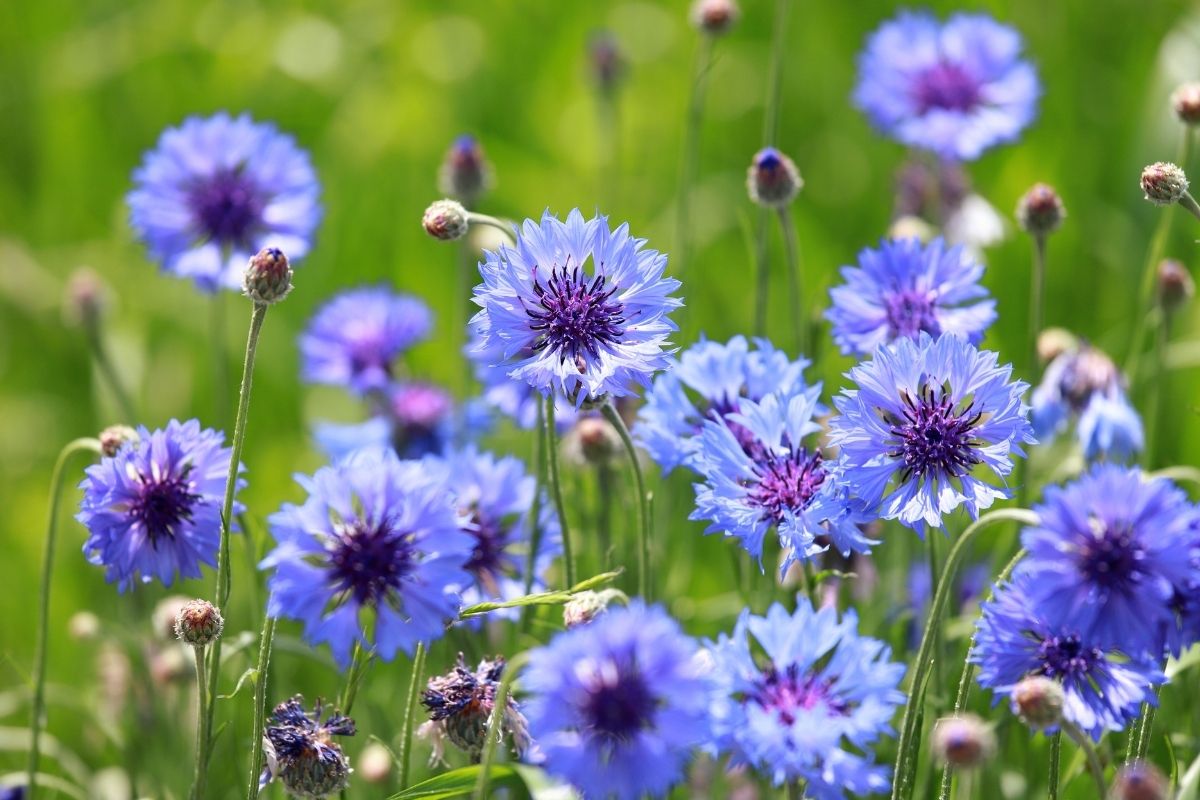
The cornflower is one of the most versatile plants in Germany, which is many pollinators’ favorite species, so growing these will help your local wildlife population. In addition, these flowers are a gorgeous shade of blue, which makes them excellent for adding color to your garden.
2. European Spindle (Euonymus Europaeus)
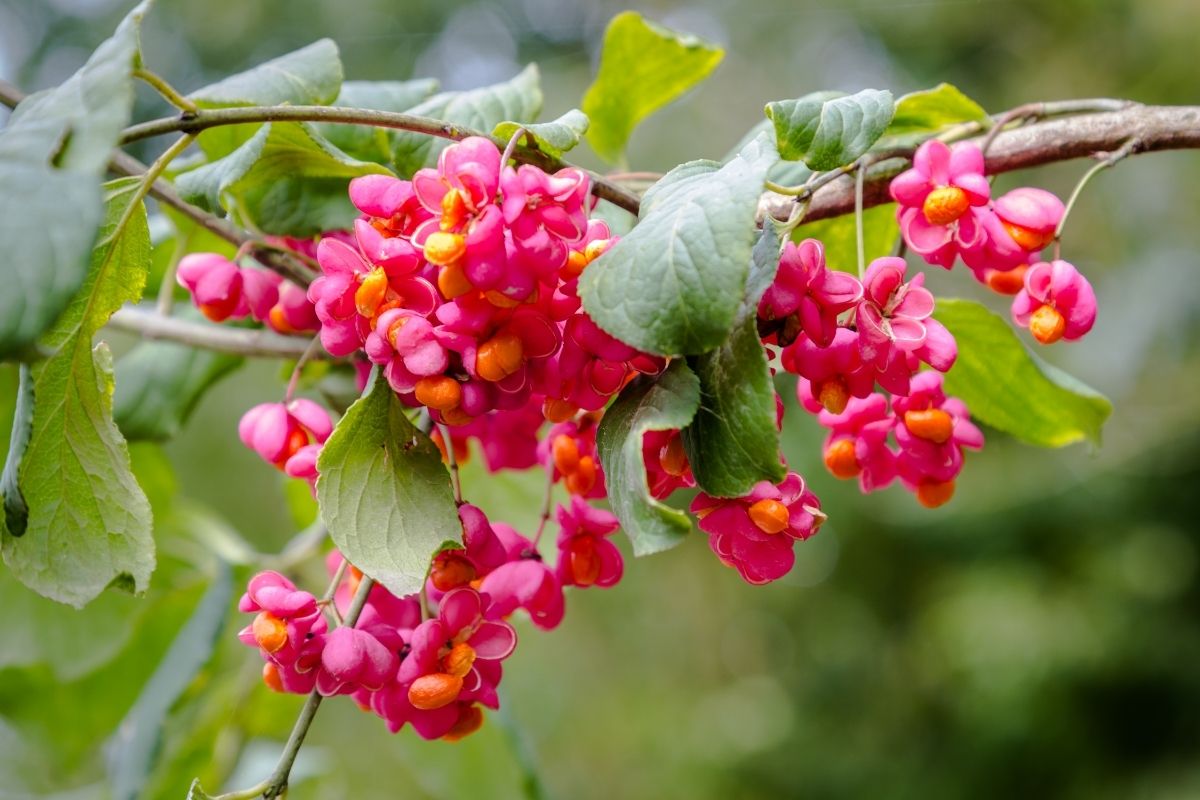
The European Spindle is a native plant to Germany that’s easy to maintain, making it a popular species worldwide. These can be found in many different colors, making them an excellent choice for making a bold statement in your garden.
3. German Chamomile (Matricaria Recuitita)

The German Chamomile is a perennial species native to Germany and is a popular flower for many gardeners. This plant is attractive because it’s easy to maintain, produces green-yellow blossoms, and will bring charm to any landscape.
4. Anchusa Officinalis
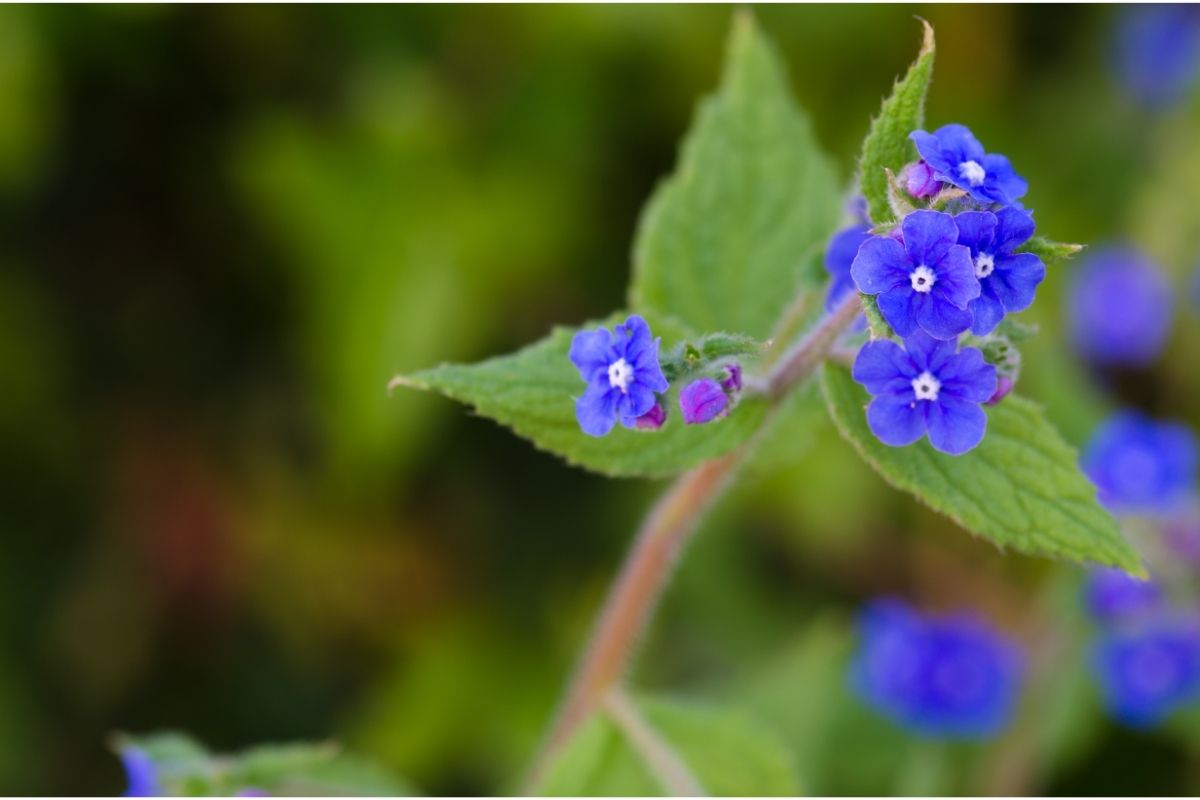
Anchusa officinalis is a way to bring low-lying ground cover that will brighten up any space and can tolerate callous conditions. This plant is hardy enough to grow in dry areas and is also one of the best plants to help bees and other pollinating insects thrive in your space.
5. Forget-Me-Nots (Myosotis Sylvatica)

The Myosotis sylvatica is a low-growing perennial with bright blue blossoms, which is an excellent choice for anyone looking for something easy to look after. This plant is easy to grow, produces beautiful flowers, and is loved by many gardeners globally because it can survive in harsh conditions.
6. Cynoglossum Officinale
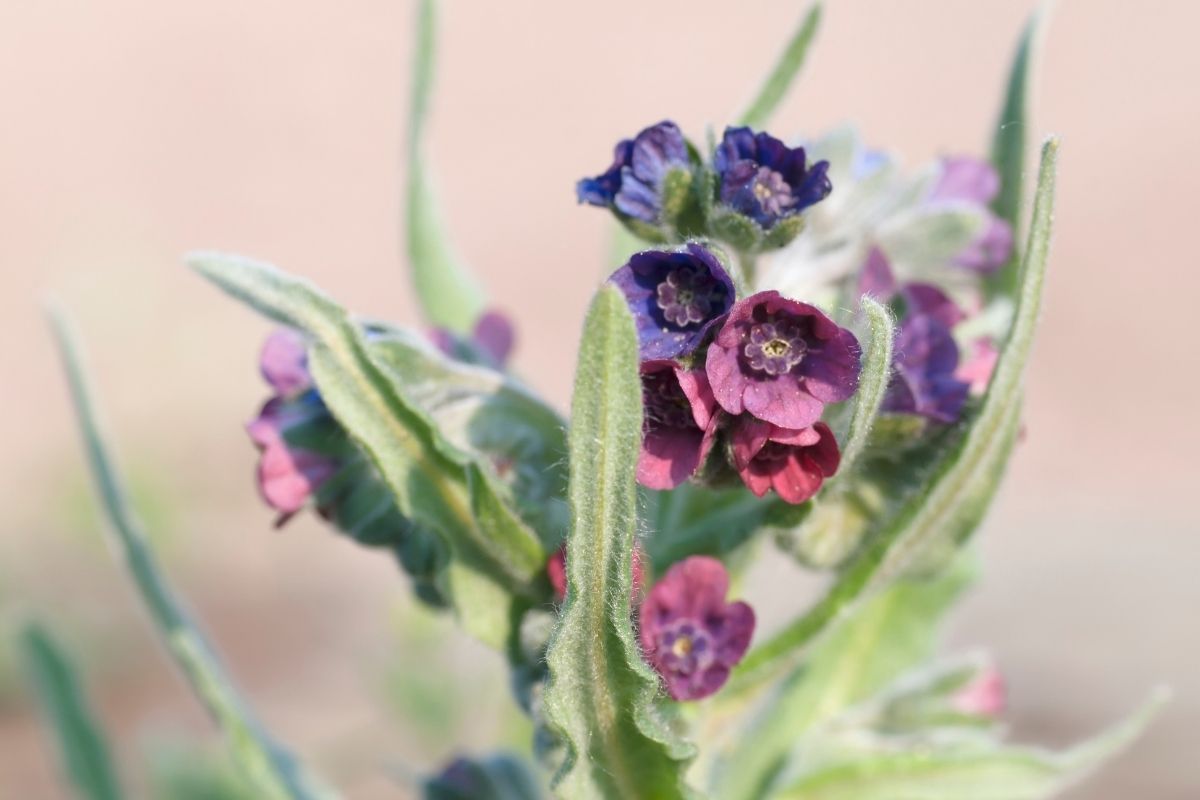
The Cynoglossum officinale is a flowering plant that can also thrive in North America, and it’s mostly a biennial species. This plant is easy to care for and attractive, helping your local wildlife thrive. You will also appreciate you putting it in your landscape.
7. Common Bugloss (Anchusa Officinalis)
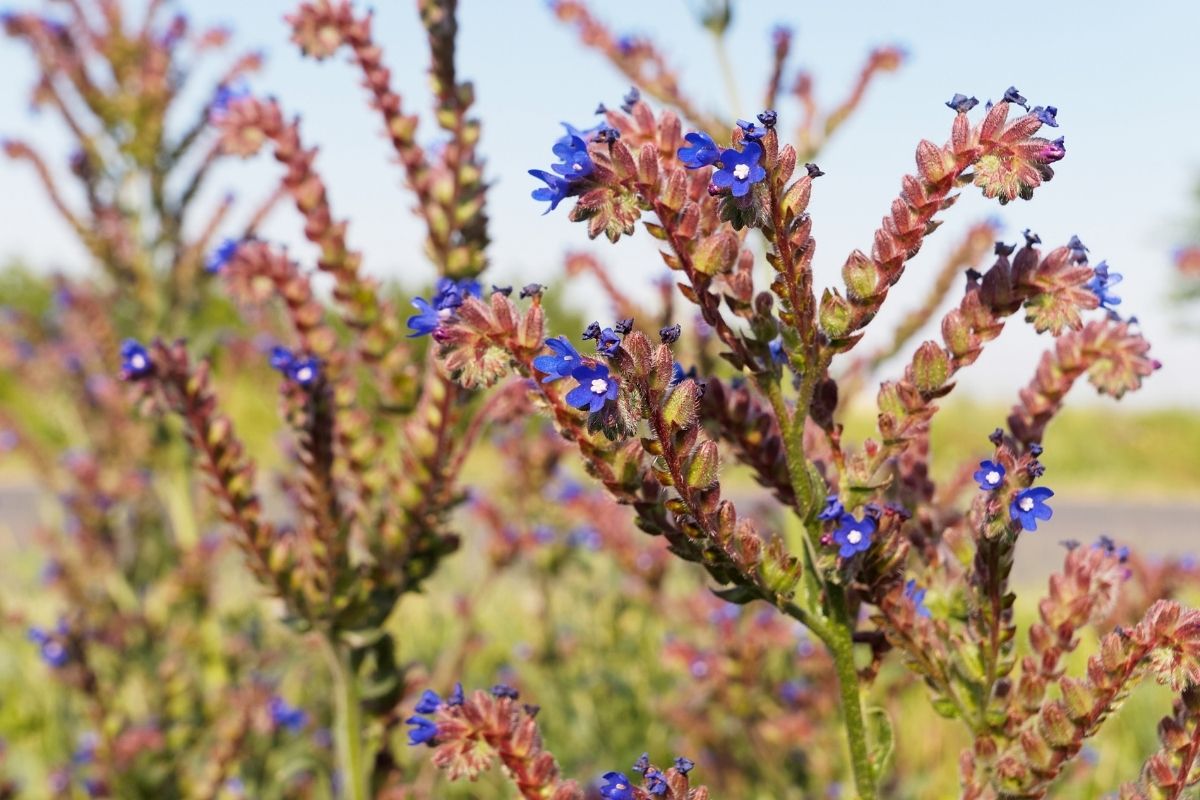
The Common Bugloss is a perennial plant that’s a great choice to add to your garden if you can because it has beautiful dark purple blossoms.
In addition, this species can often be found in many wild spaces in Germany, which means that it’s perfect for beginner gardeners because it flourishes in many different conditions.
8. Boraginaceae
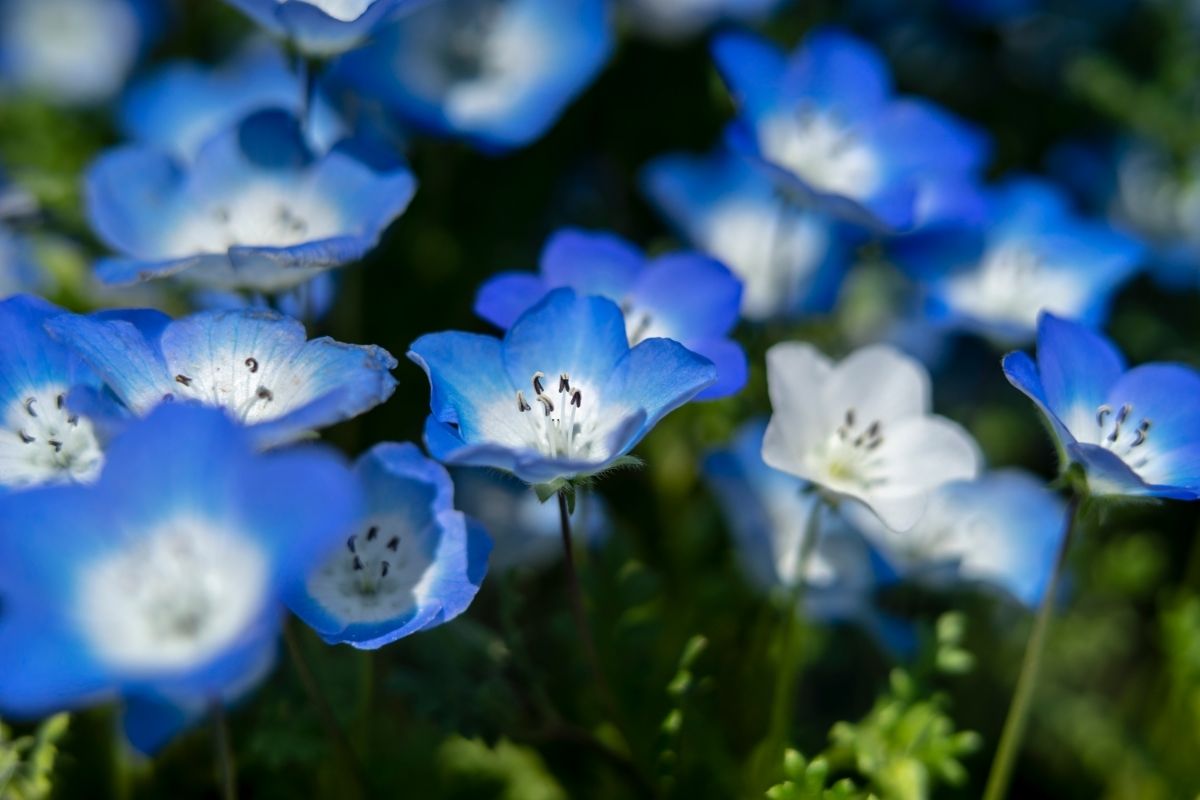
The Boraginaceae is a family of flowering plants native to Germany and are a popular plant for many people living there to add to their garden. This plant has blossomed in purple, white, yellow, and blue, which means you can brighten up your wooded space by putting these there.
9. Lamiaceae
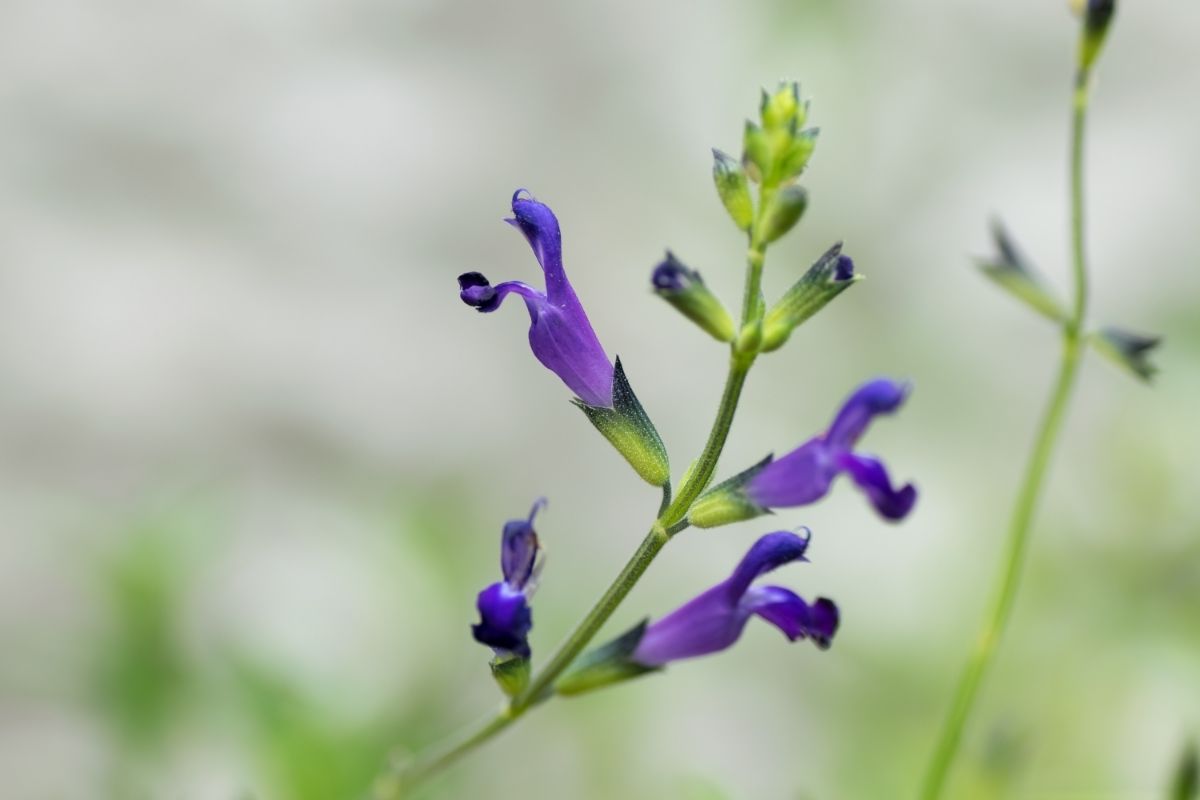
The Lamiaceae is a genus that’s a family of flowering plants native to Germany, which is more commonly known as the mint group and includes basil, sage, thyme, and nettles. This family has many different subspecies, often grown to add flavor to many other homemade and delicious meals.
10. Malvaceae
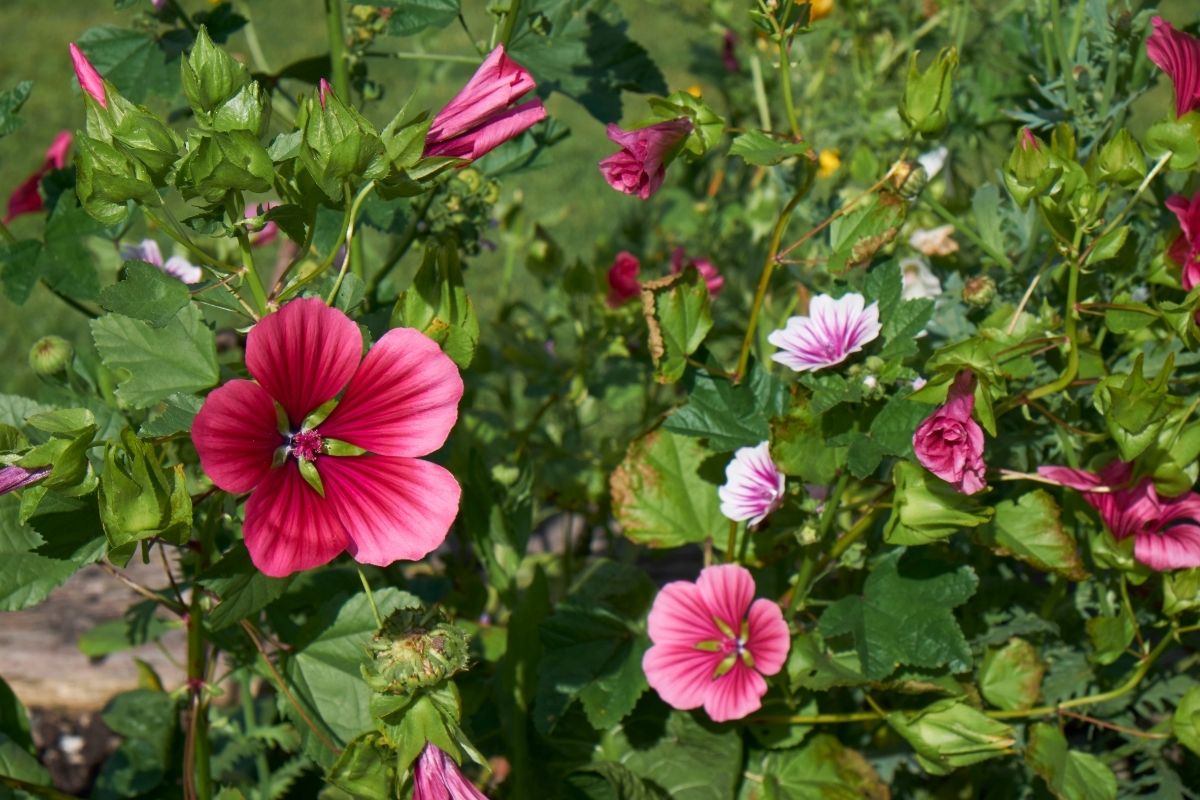
The Malvaceae is a family of flowering plants native to Germany and includes over a thousand different plants like cotton, hibiscus, okra, and hollyhock. Using Malvaceae as part of your landscaping design is a unique choice, which will bring extra natural beauty to their garden.
11. Orobanchaceae
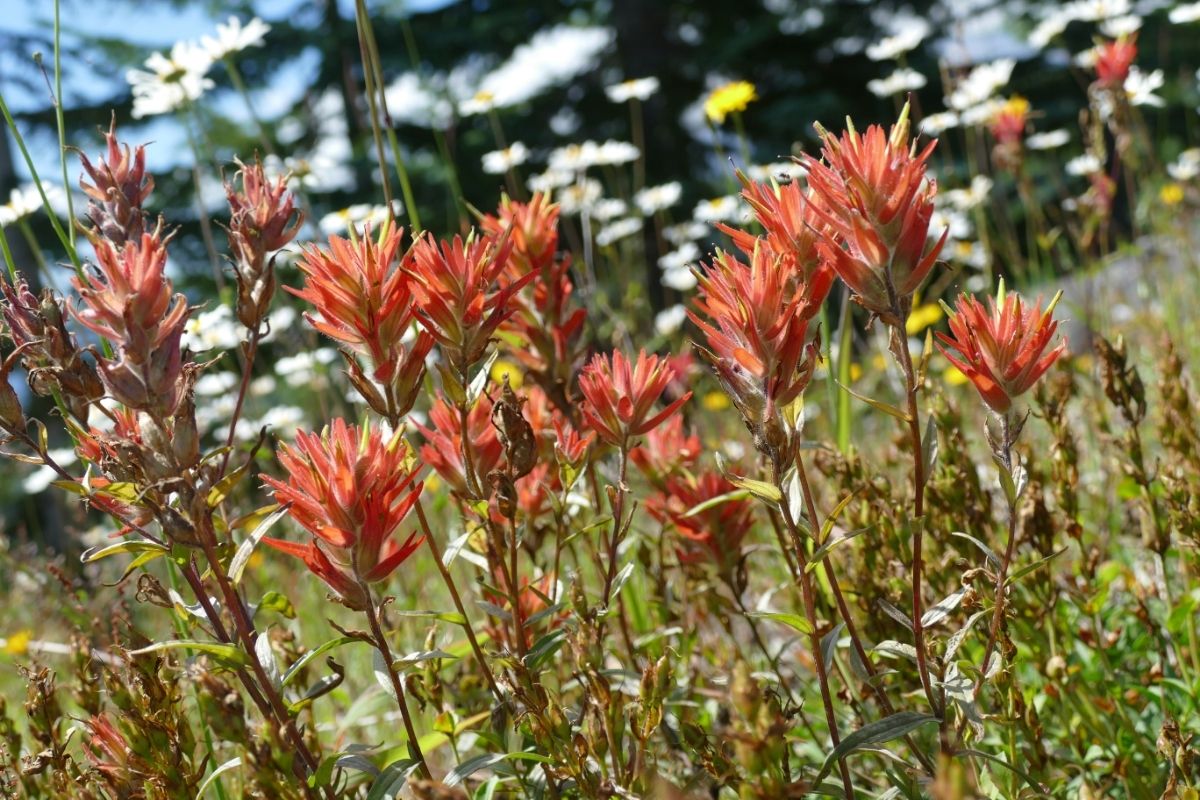
The Orobanchaceae is a plant family made up of many herbs and shrubs, including brown-red leaves and yellow blossoms. This family is an excellent choice for anyone looking for something unusual, space-filling, German, and wants to add color to their landscape.
12. Orchidaceae

The Orchidaceae is otherwise known as the orchid family of flowering plants that includes an incredible 20,000 species, such as Cypripedium calceolus, which is an excellent choice for anyone with unique taste.
These species are native to Germany and can thrive indoors, so they’re famous for many Germanic keen houseplant carers.
13. Osmundaceae
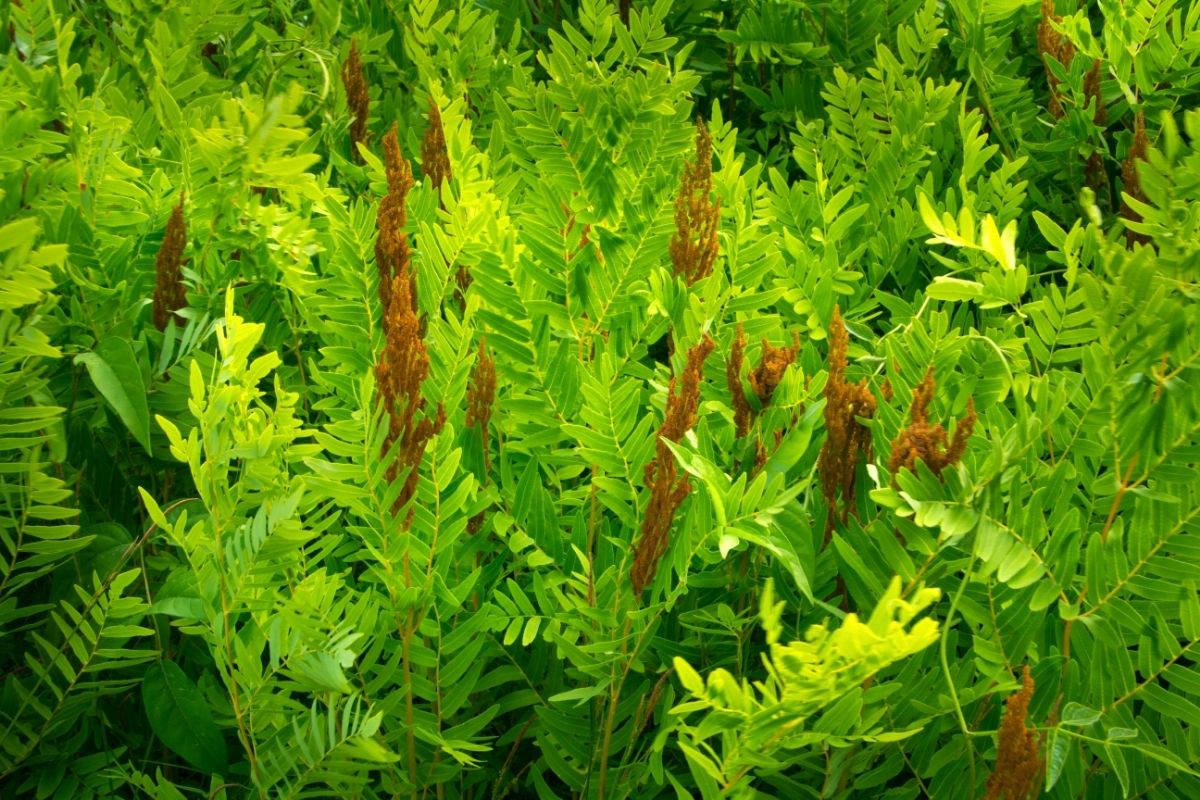
The Osmundaceae is a family of ferns and flowering plants native to Germany, including the royal fern and the walking fern. Many in this family can grow up to 8 feet tall, making these plants a popular addition to indoor spaces and used by gardeners outside to fill a bare flower bed.
14. Primulaceae
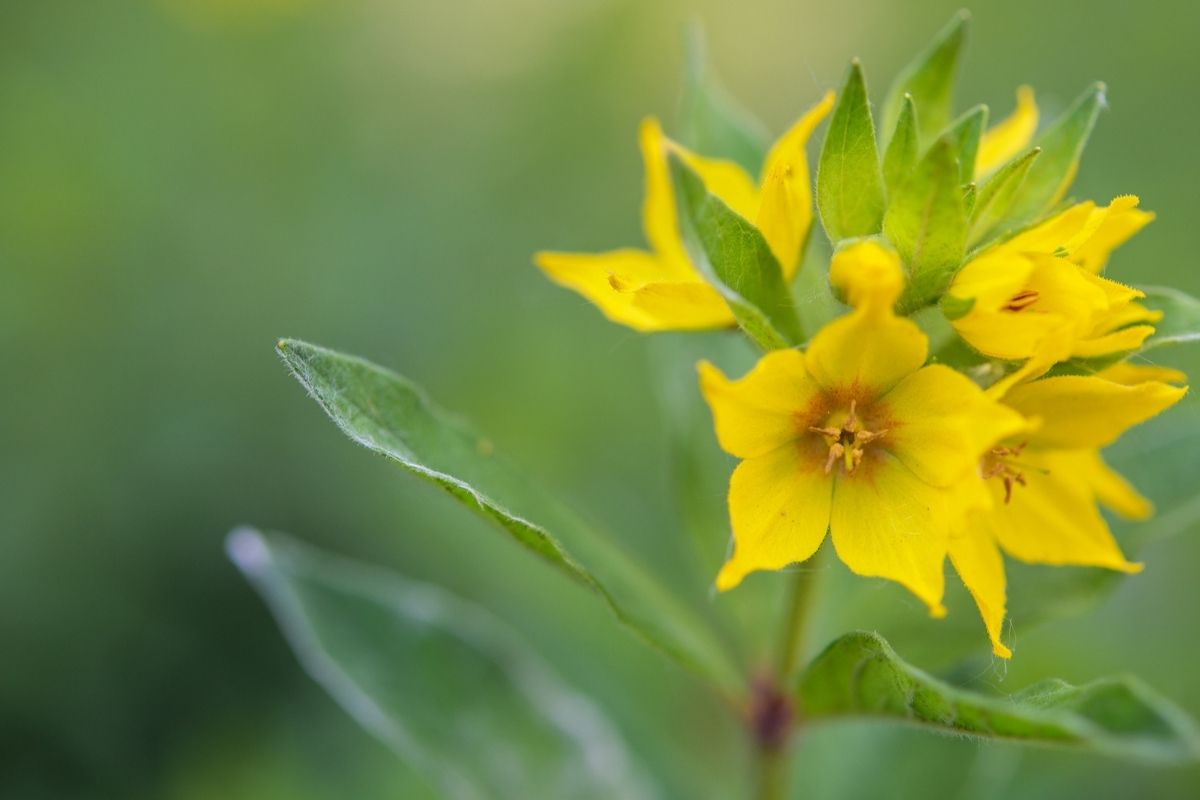
Many in this family have flowers in red, yellow, white, and pink, which means they’re a popular choice for anyone looking for colorful and flute-like petals in their garden. In addition, many species in this group can make delicious wines, but be careful because some are poisonous.
15. Oleaceae
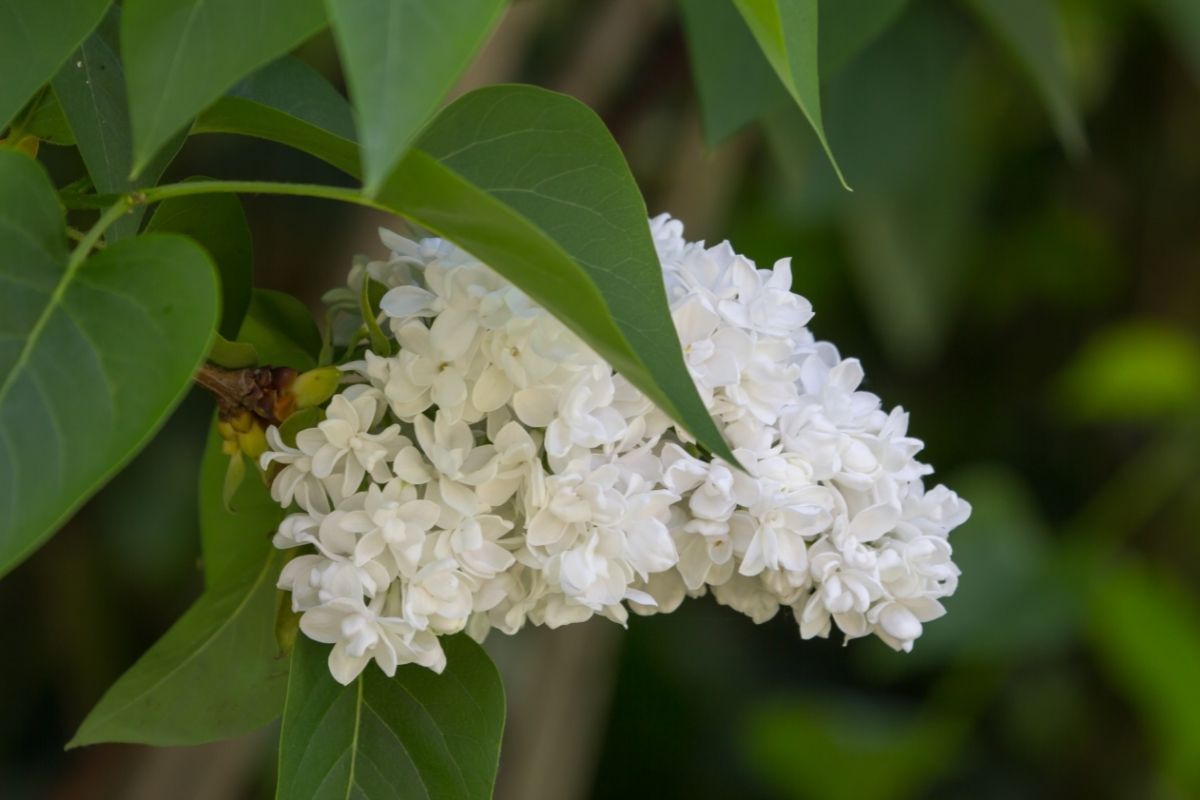
The Oleaceae family includes many trees, shrubs, and climbers, such as olive bushes, ash, and lilacs. This group is popular because it’s a highly diverse family, which can be used in many different garden areas, including as a ground cover or as part of an edible section.
16. Alchemilla Flabellata

Alchemilla flabellata, otherwise known as the fan lady’s mantle, is a perennial flowering plant from European countries, including Germany. This species is popular because its broad foliage can be used as a ground cover, growing well in different weather conditions.
17. Asperula Tinctoria
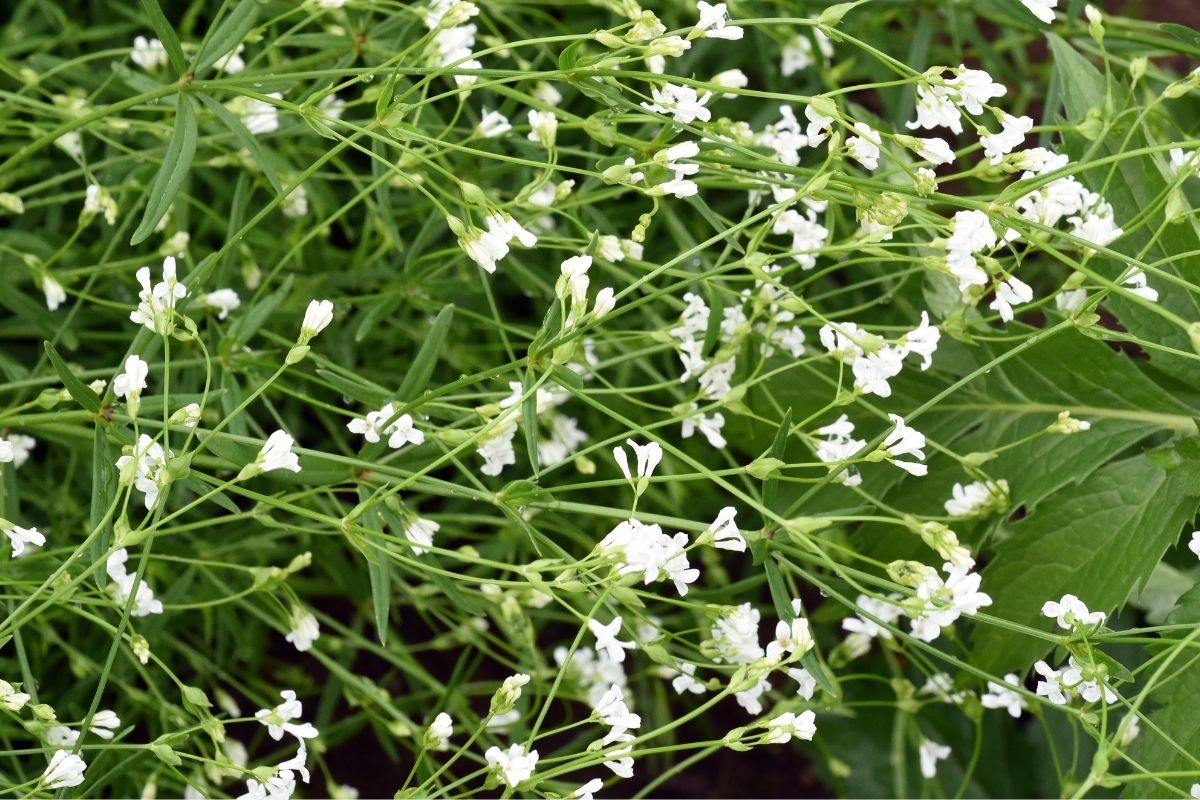
The Asperula tinctoria, also known as the dyer’s woodruff, is part of the flowering plant family used in ancient Rome to create red dye for garments. This species is beloved by many gardeners because it’s easy to grow and produces pretty little blossoms.
18. Bromus Lepidus
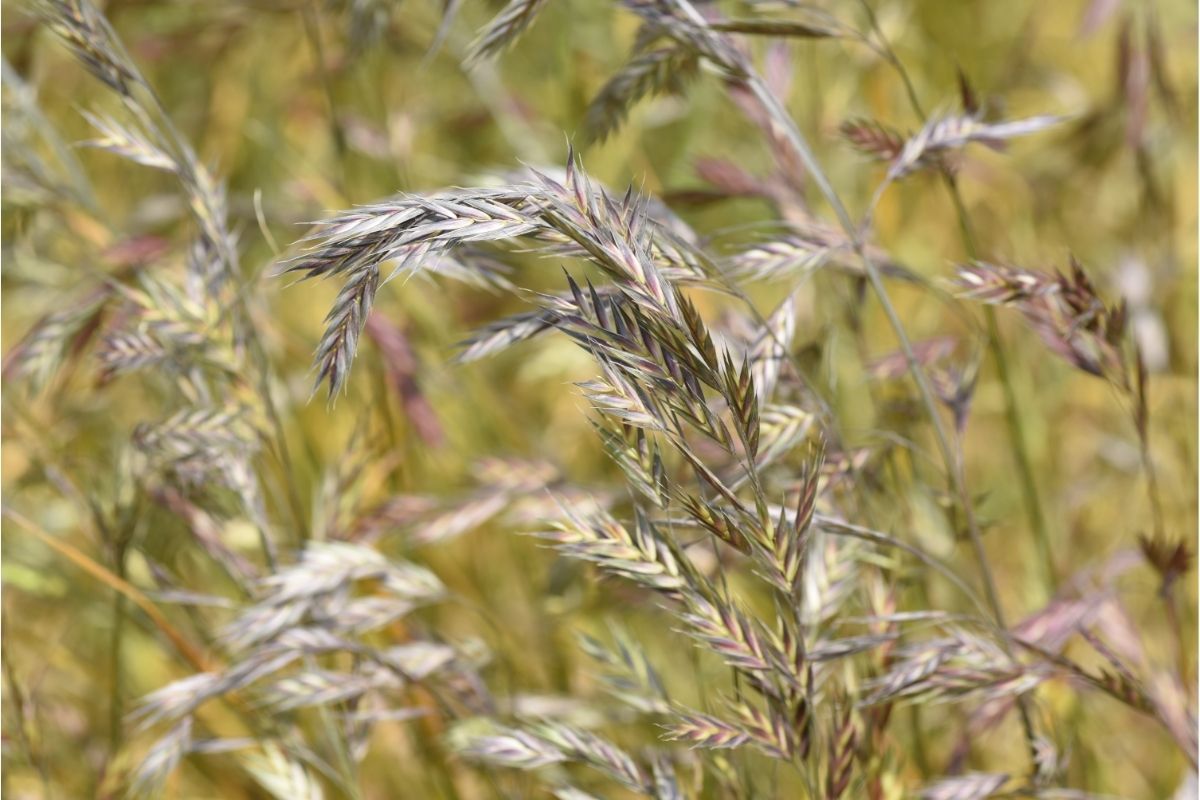
The Bromus Lepidus originates from Germany and is often used to create a decorative border or add bulk to a meadow space. This plant is easy to grow, so it’s perfect for those with very green fingers, produces pretty flowers, and looks great in any bohemian landscape.
19. Cakile Maritima

The Cakile maritima is a plant that many people that live beside the sea want in their garden because it’s often found beside the ocean and can thrive under challenging conditions.
In addition, this species comes back annually, which means it’s an excellent choice for someone who wants to keep a low maintenance landscape.
20. Larix Decidua
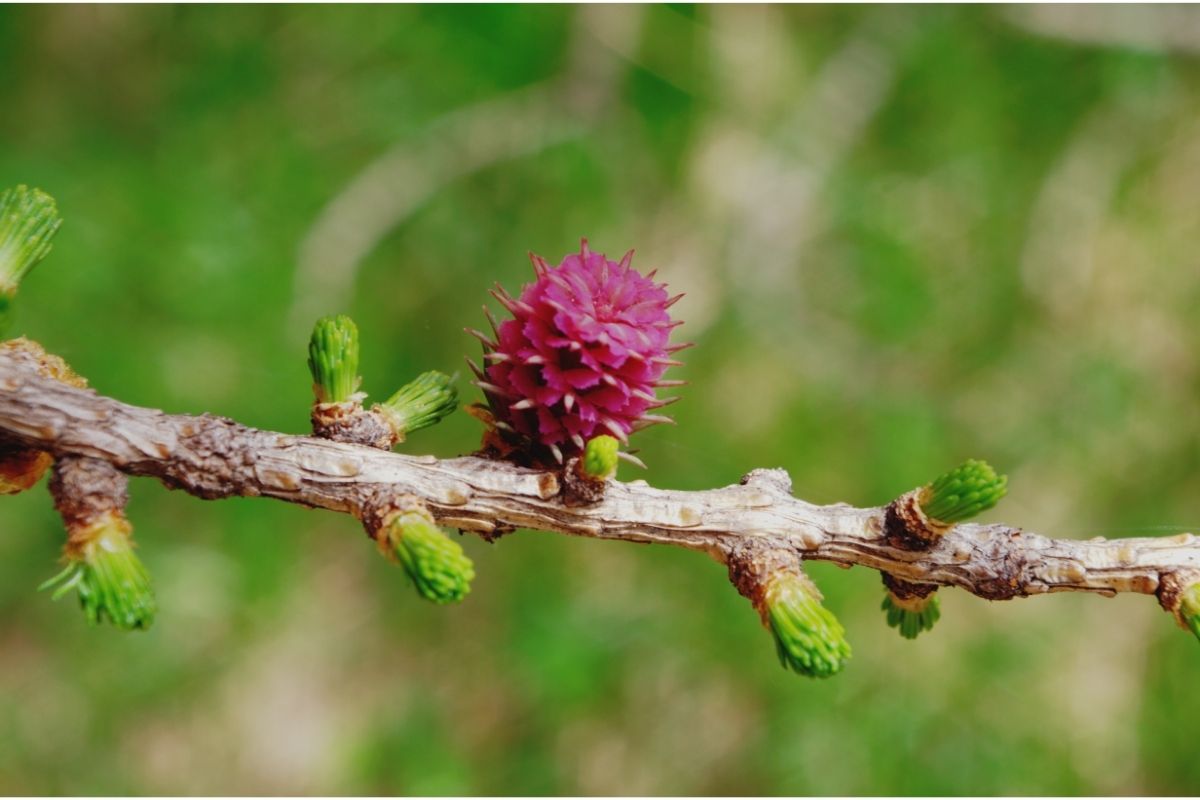
The Larix decidua is a tree found in the Northern European forests, making it a popular choice for many woodland gardeners. This species is also a great addition to any garden that’s looking to create height; it’s also used to produce resilient timber, which can make lovely furniture.
21. Carduus Nutans

The Carduus nutans is a plant that produces light pink flowers, which is part of the thistle group, and that means it can withstand being neglected. However, we caution you to beware if you plant this spiky species because it can quickly take over and become an annoying weed!
22. Festuca Polesica

Festuca polesica is a perennial grass species that is a popular choice for many gardeners that want a laid-back garden space because it has fluffy foliage. And, this is an excellent choice for those that live in seaside locations because the grass can thrive in sand dunes.
23. Galium Anisophyllon
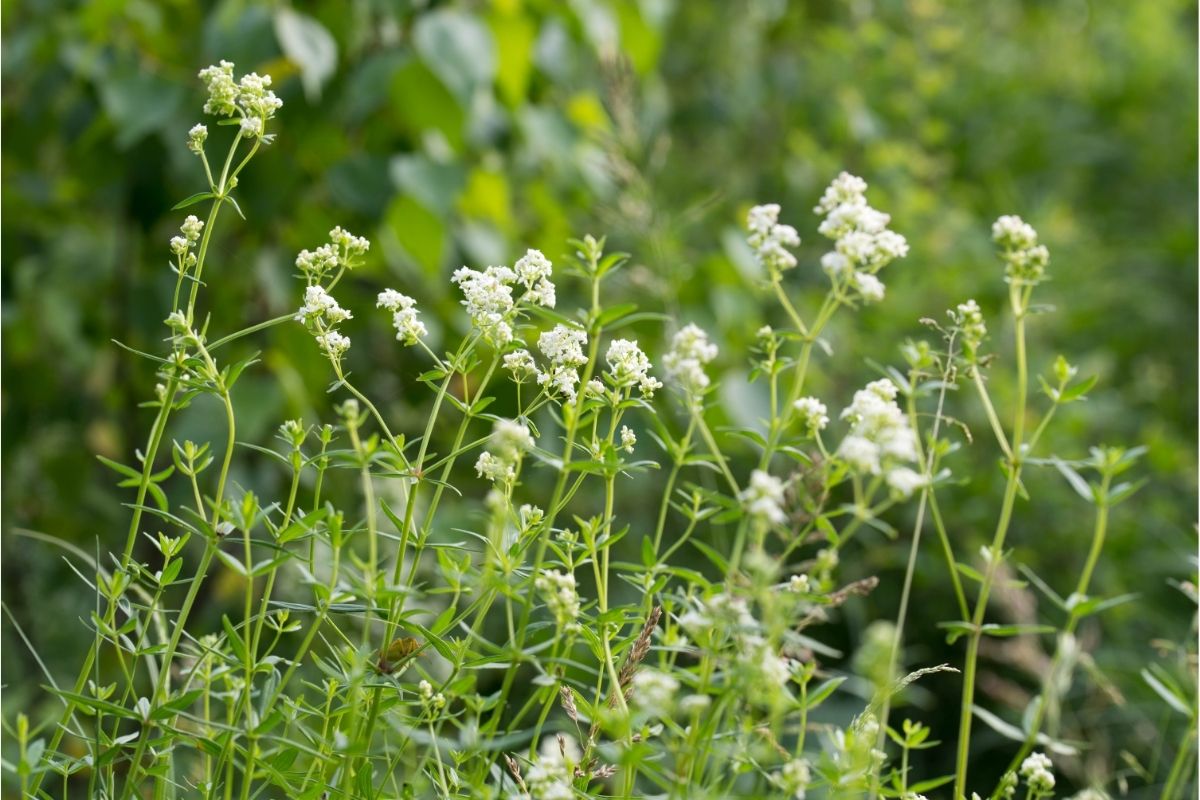
The Galium anisophyllon is a plant often found in marshes, rockeries, and damp soils. It’s a popular choice for many gardeners because it’s a low-maintenance species, producing pretty white petals, which is excellent for beginners.
24. Primula Veris

The Primula veris is a yellow flower that’s often used by many gardeners to create beautiful natural-seeming borders because they’re usually found in rural hedgerows. In addition, this species is a popular choice for many beginner gardeners because they pop up every year.
25. Ranunculus Montanus
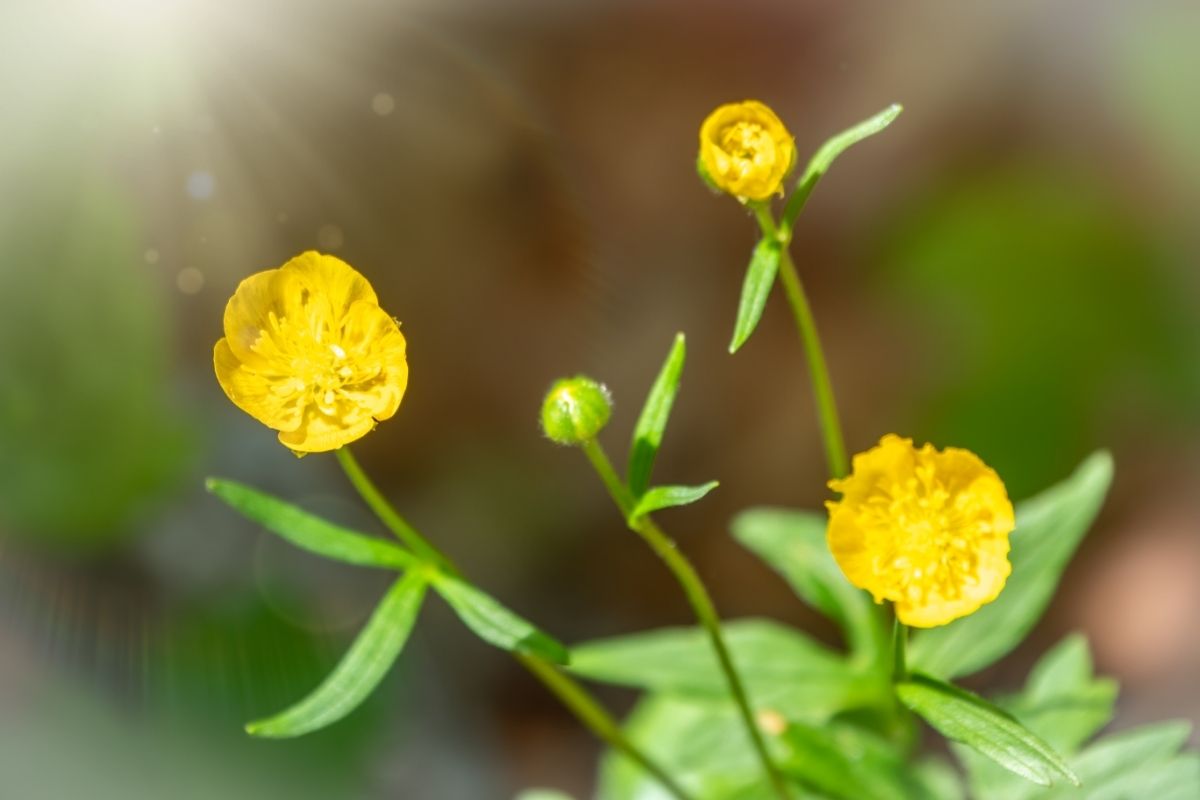
The Ranunculus Montanus is an excellent perennial that can grow to stems 60 cm tall, making it ideal for putting in a little garden that doesn’t allow giant trees. This species with yellow cupping blossoms is similar to the Wild Ranunculus, but it is more delicate.
Conclusion
Germany is home to trees, perennials, and wildflowers happily planted in many different climates. If you’re new to caring for plants, you can use many grass species that will thrive in challenging conditions so that you don’t have to look after them much.
However, we recommend getting yourself an orchid or tall pine tree and nurturing it in your landscape for those who want a challenge.
Our favorite species that we’ve listed is the Primula veris because it belongs to the buttercup family and produces golden yellow petals. We love this bright flower so much!
If you can’t get enough beautiful plants, we have so much content on this website for you. So, we advise you to check out our other articles to keep yourself entertained. Enjoy!
Editor’s Recommendation
23 Fantastic Egyptian Plants (Including Pictures)







